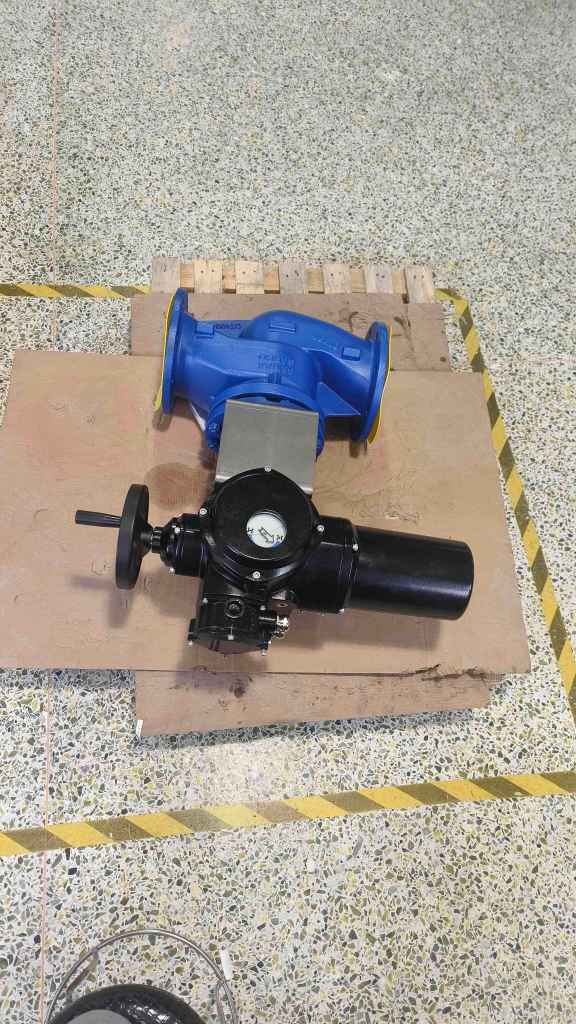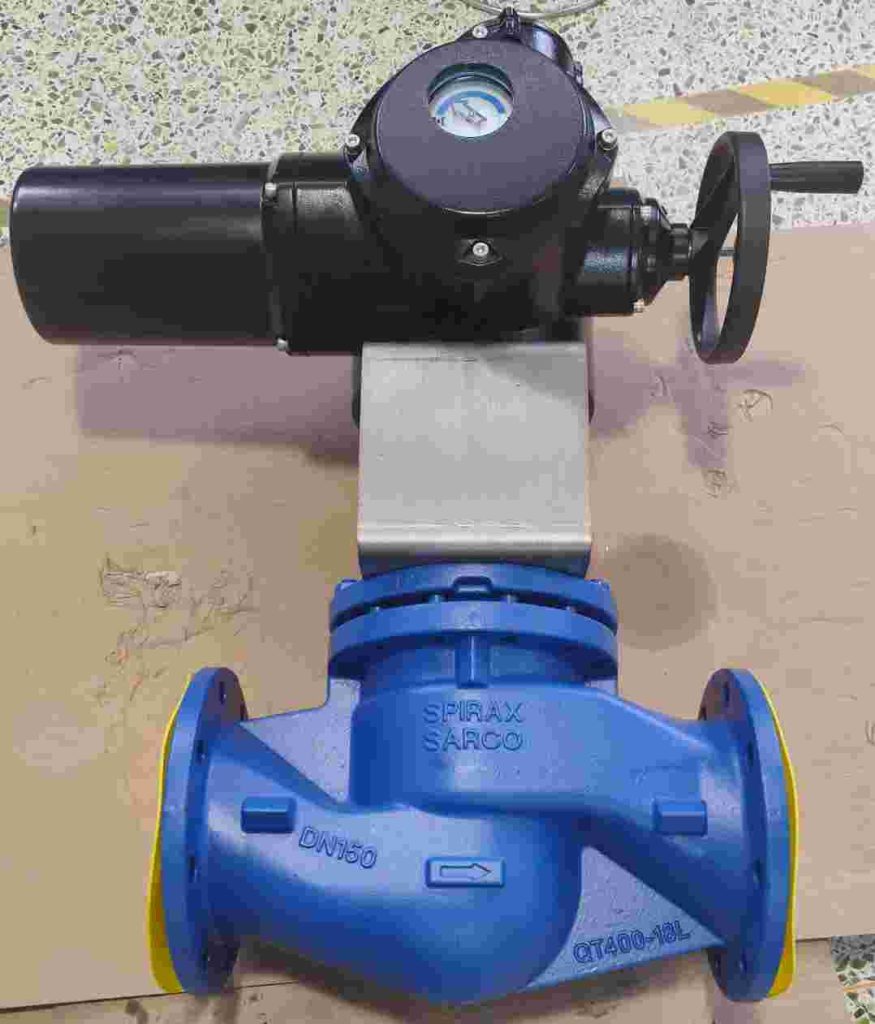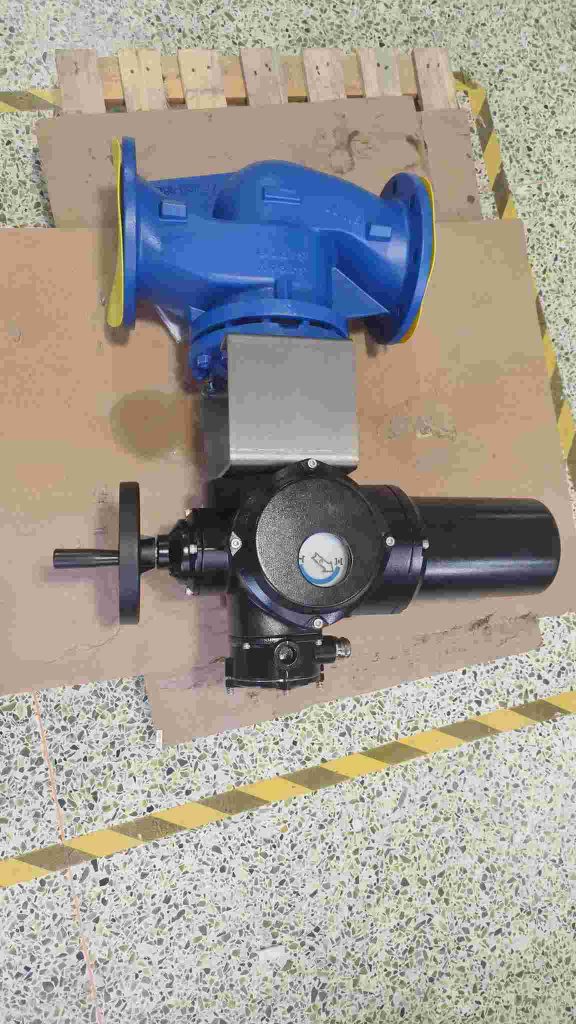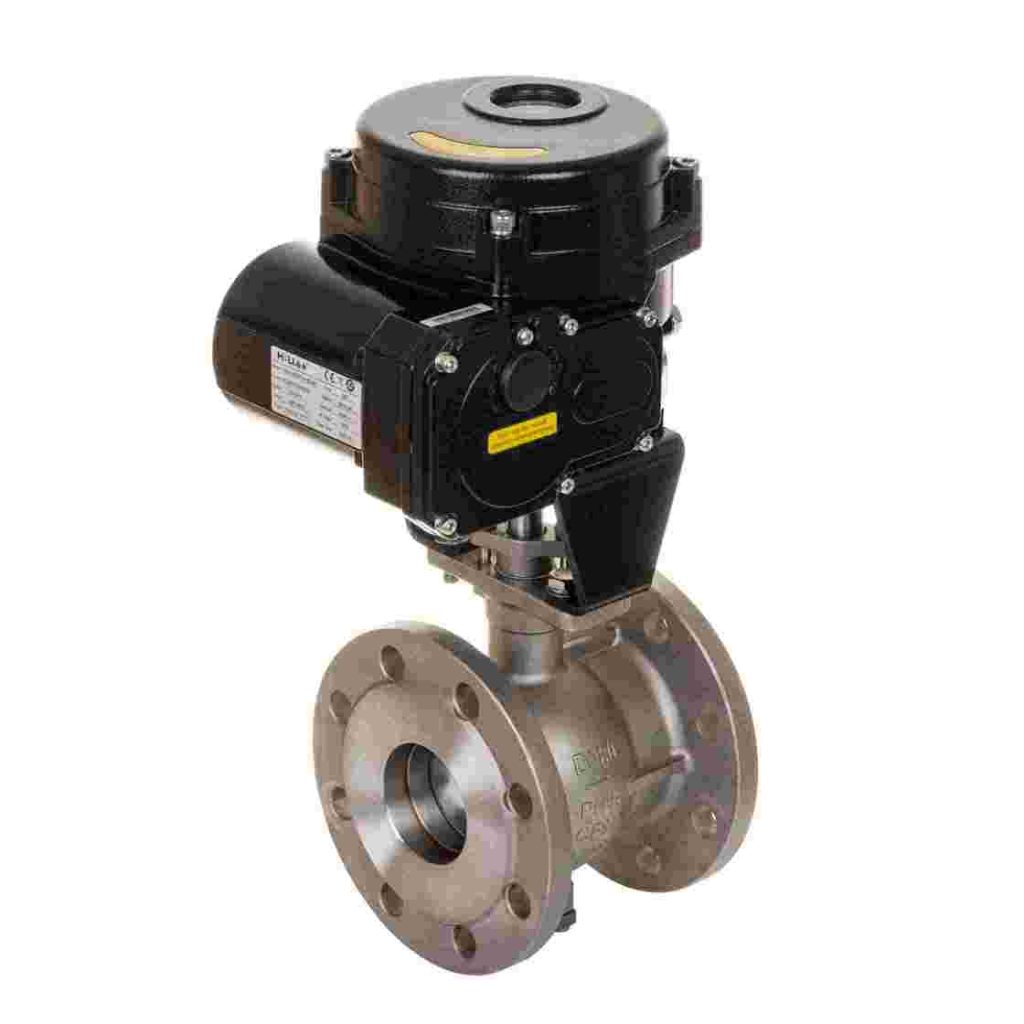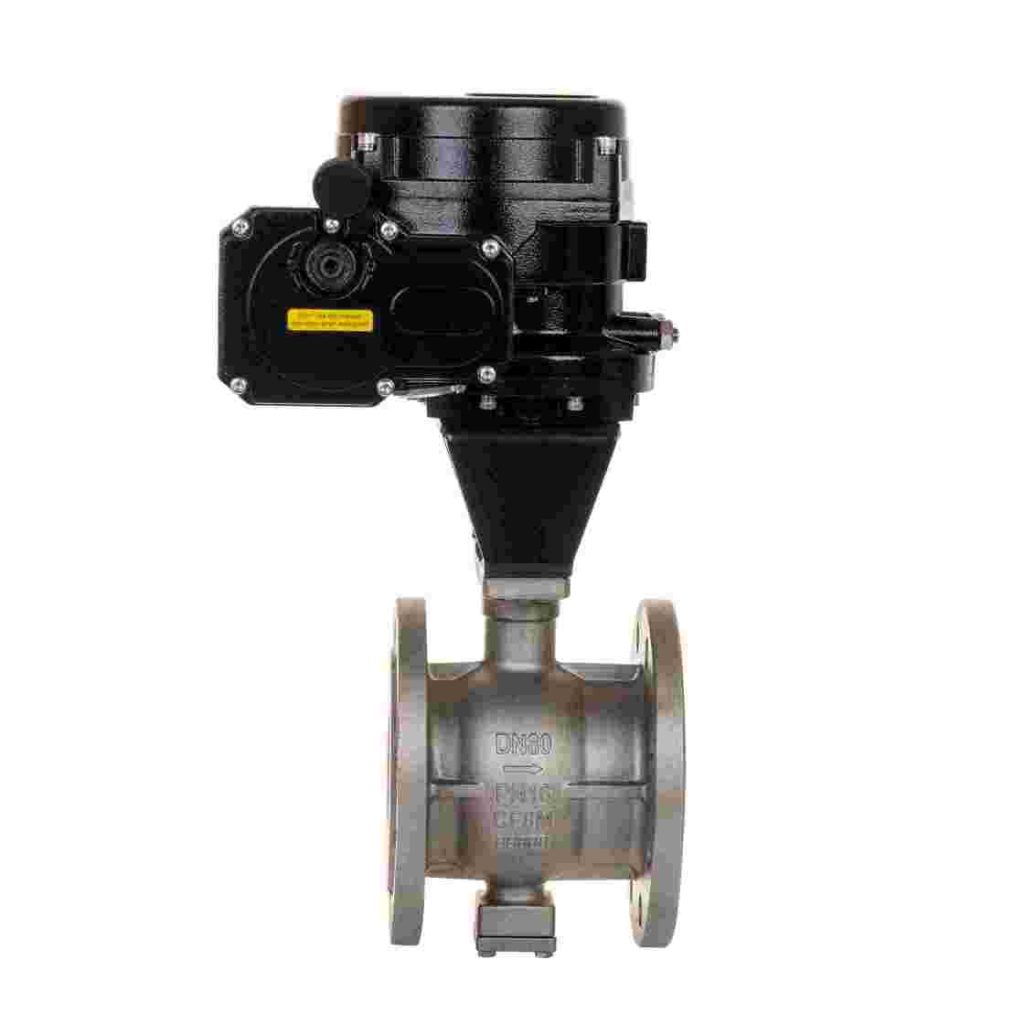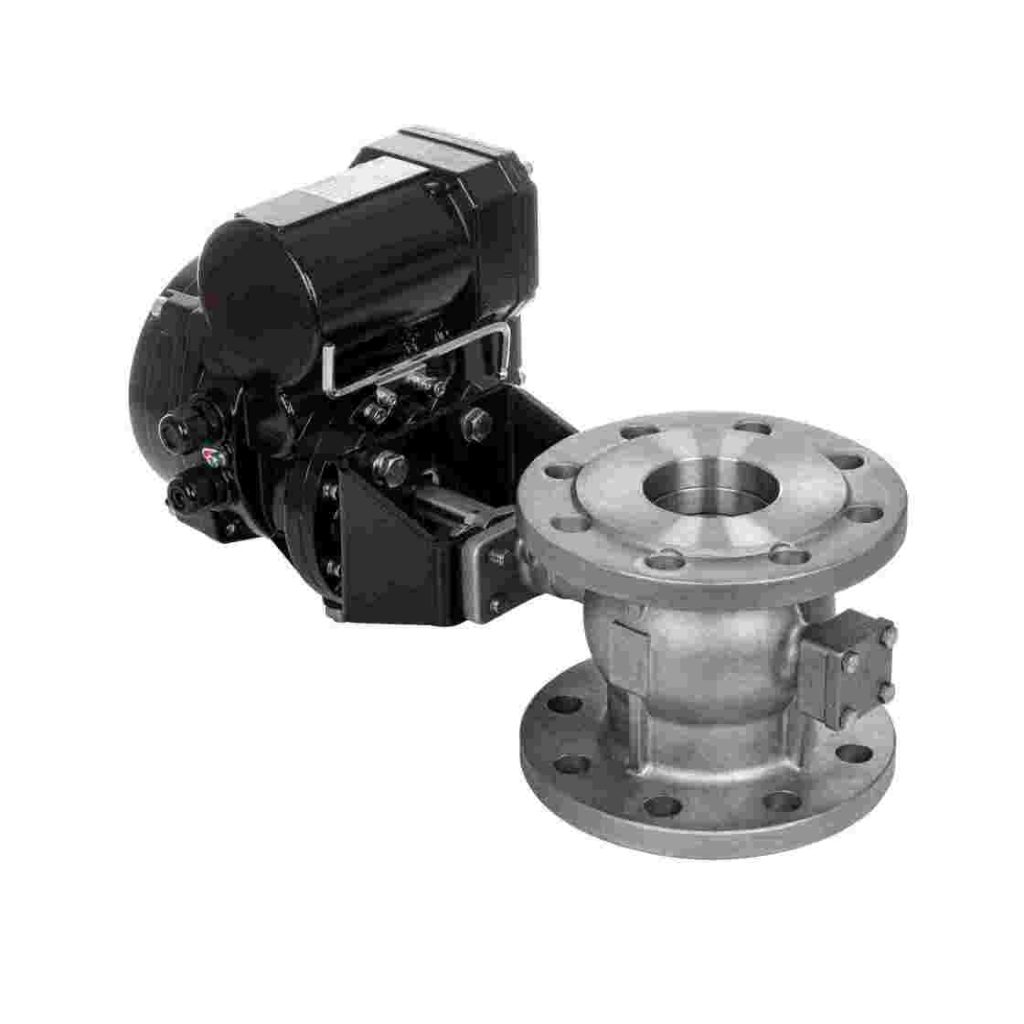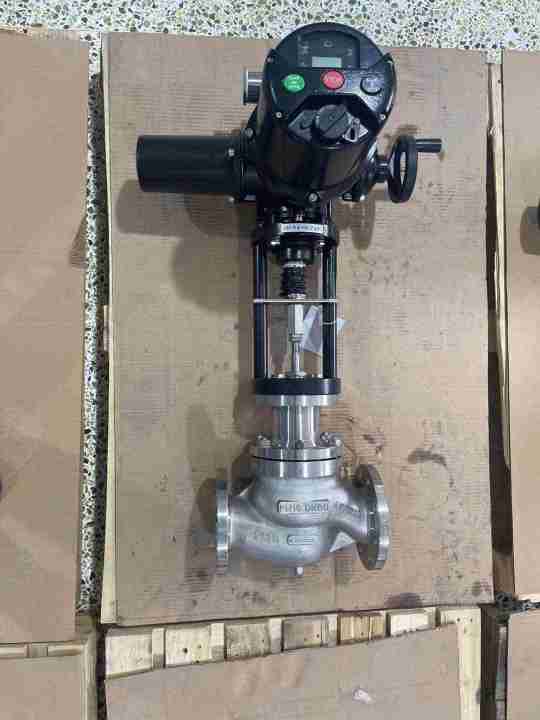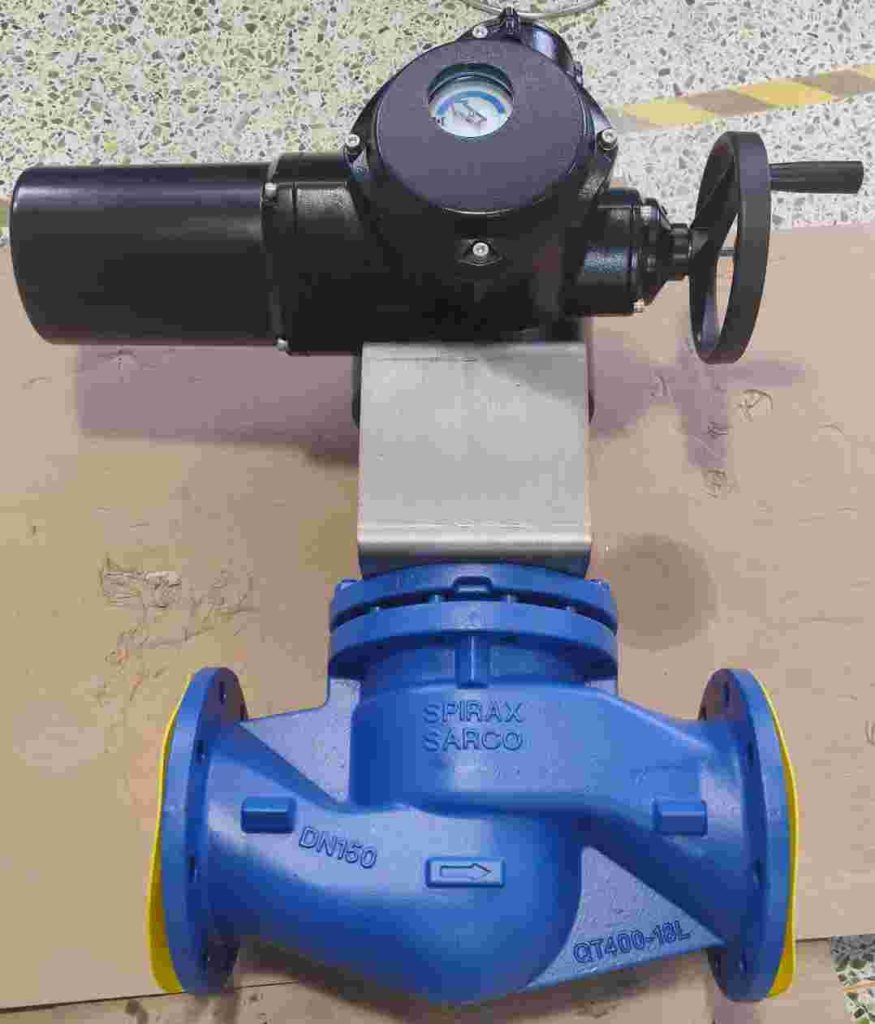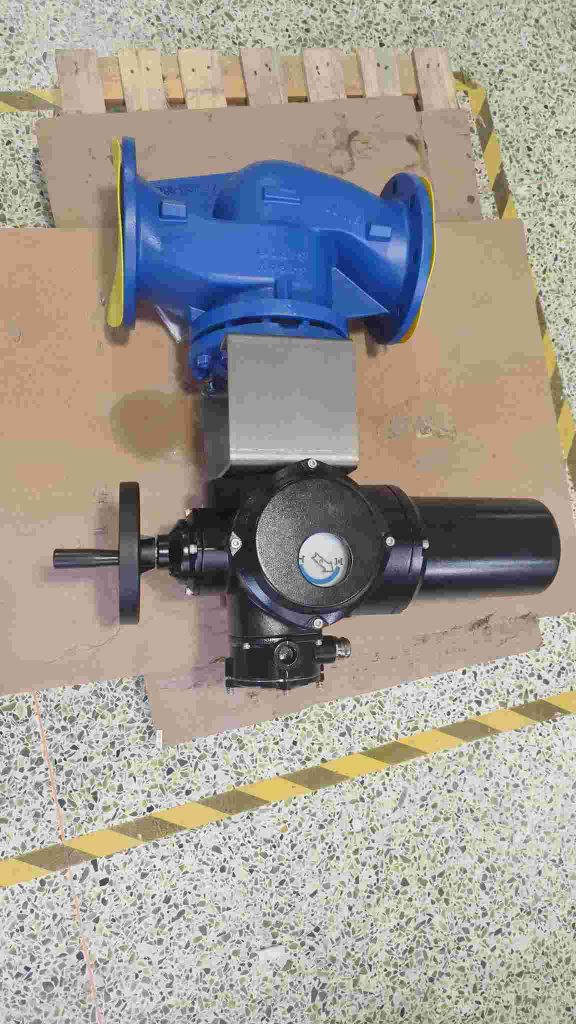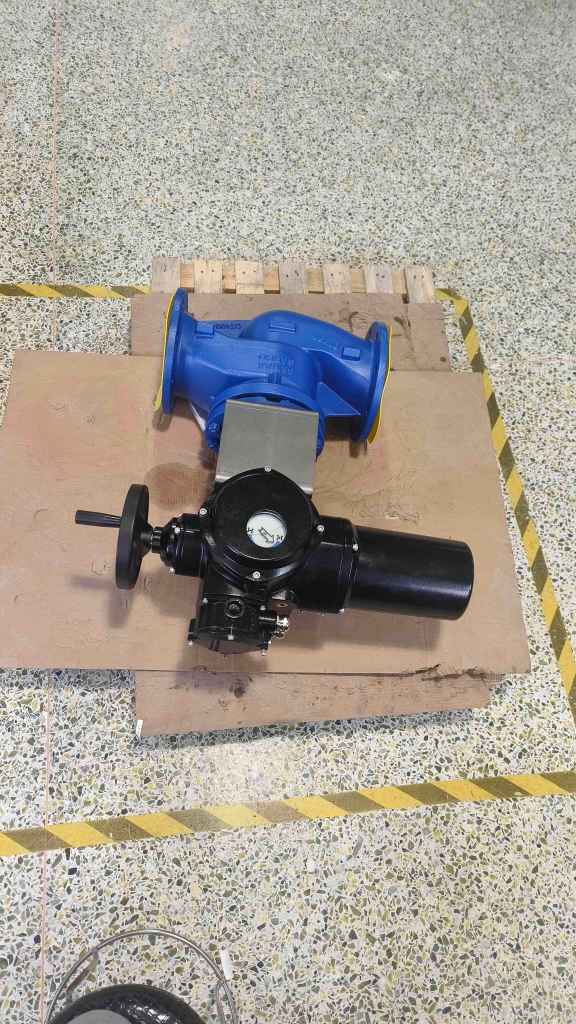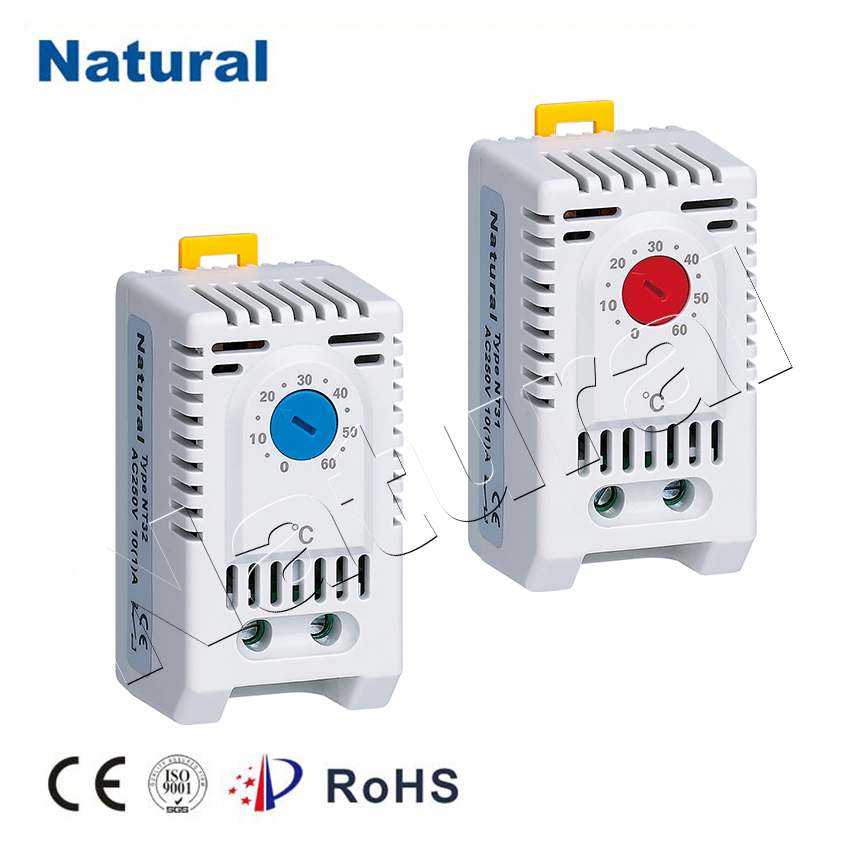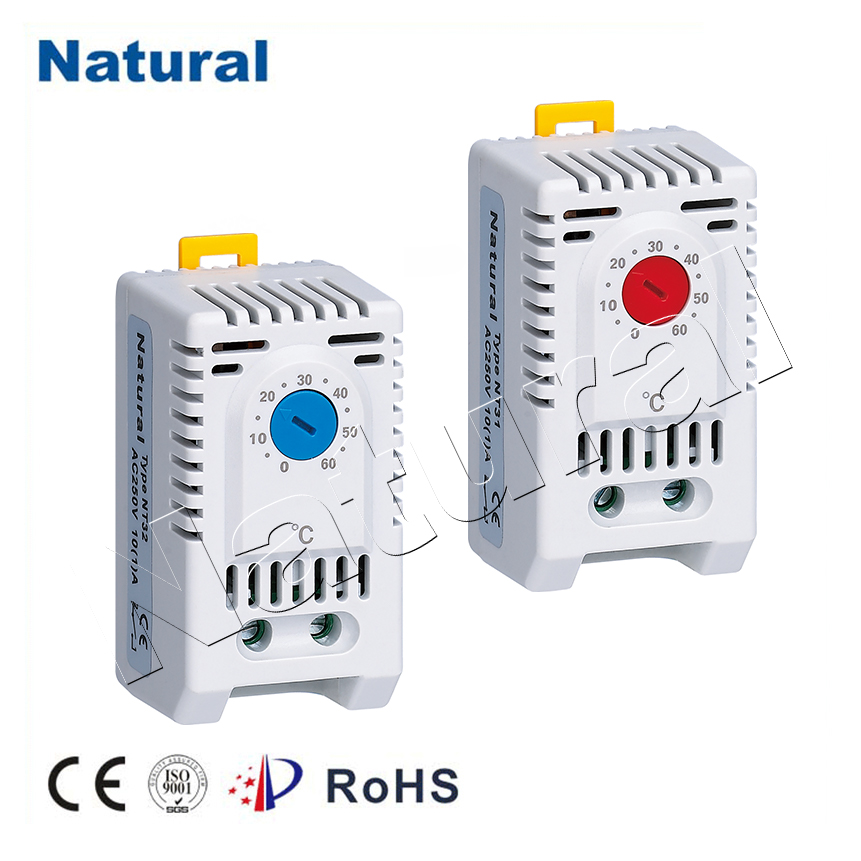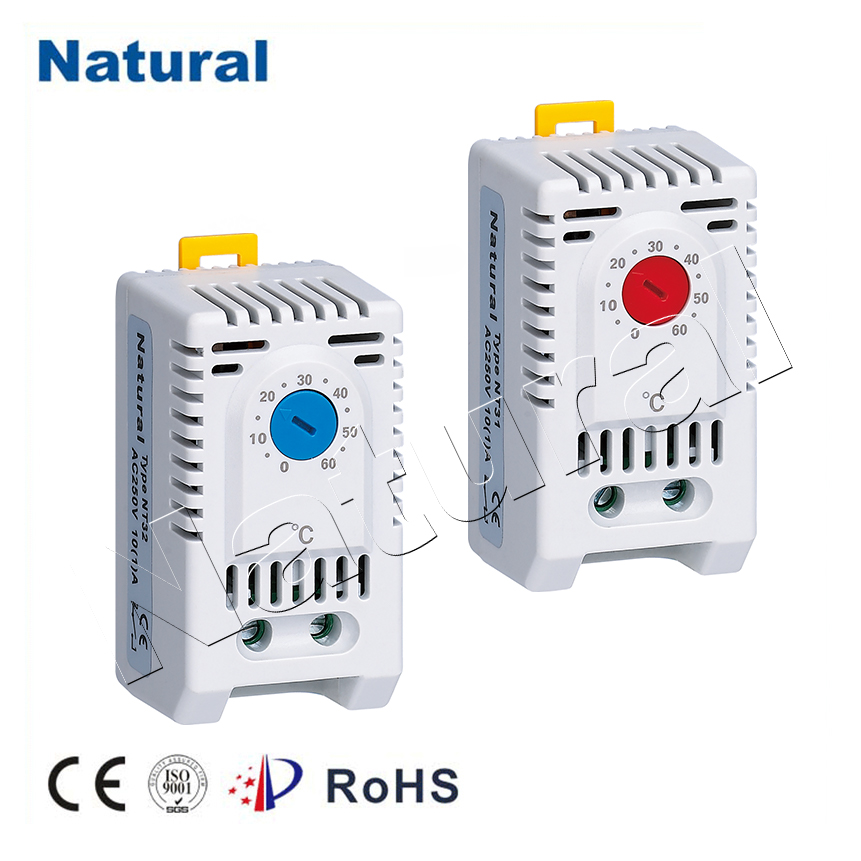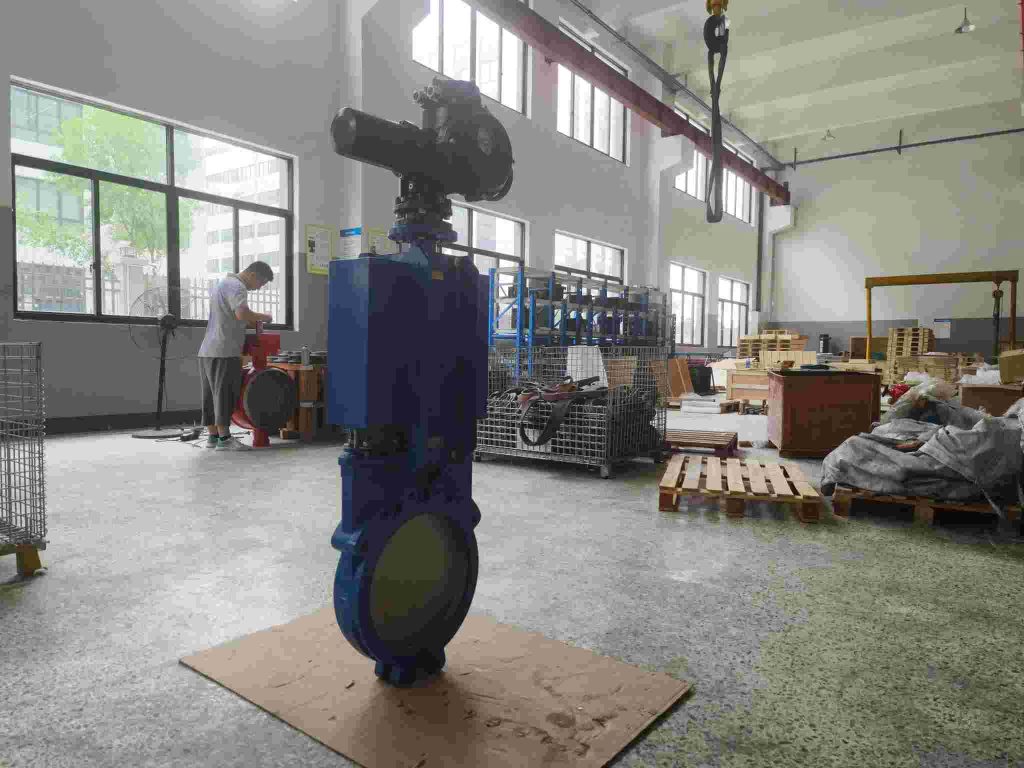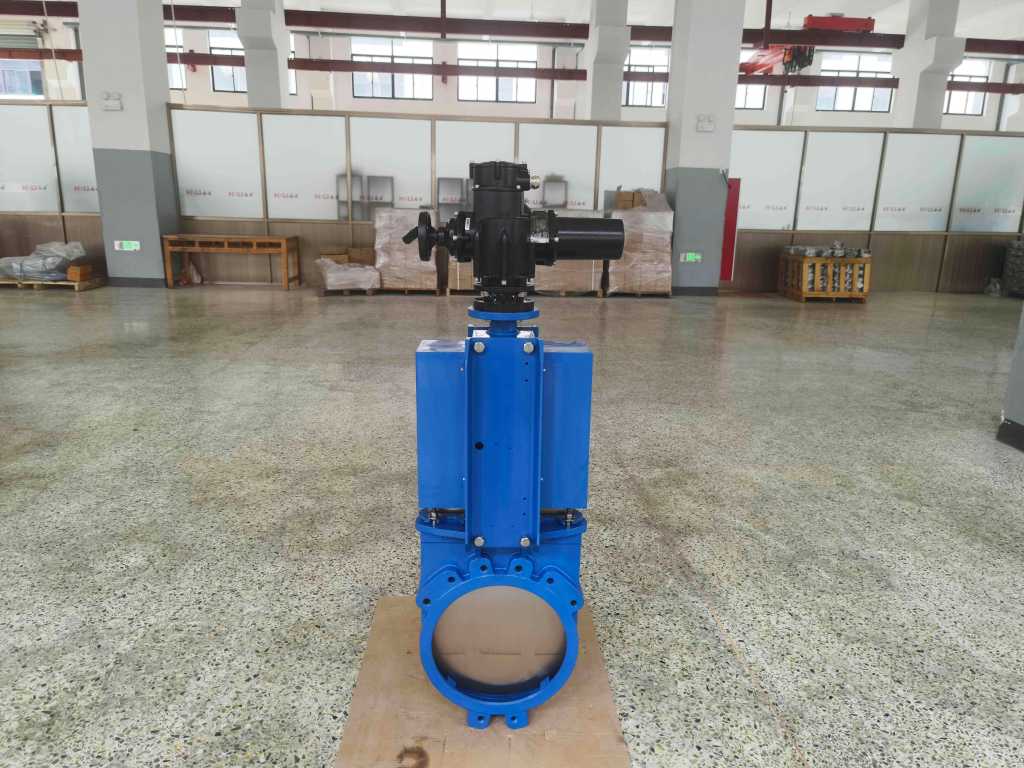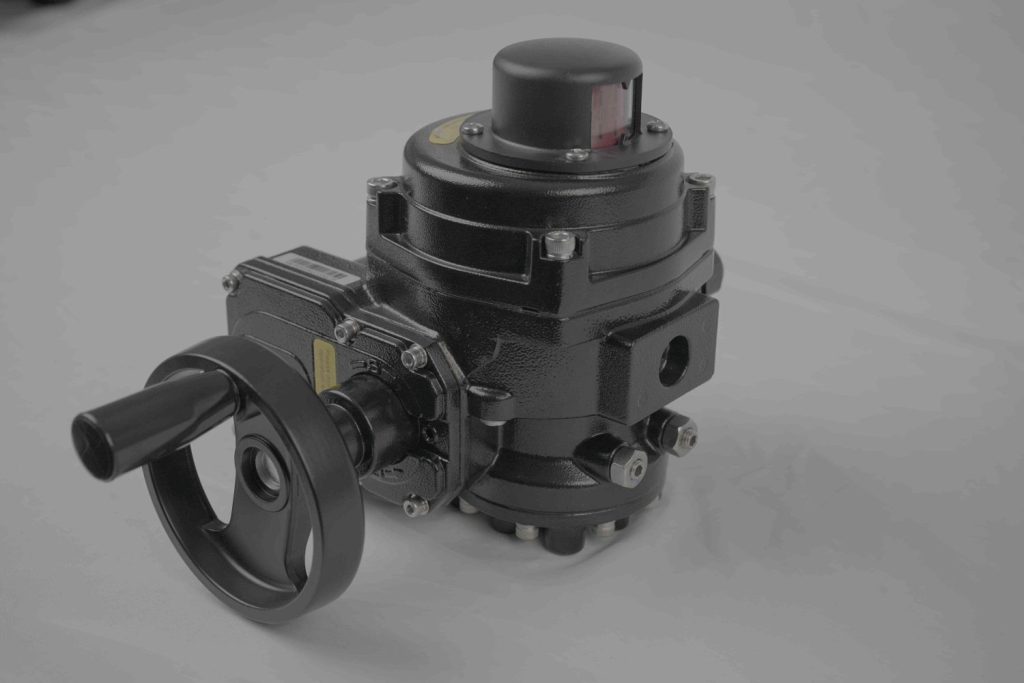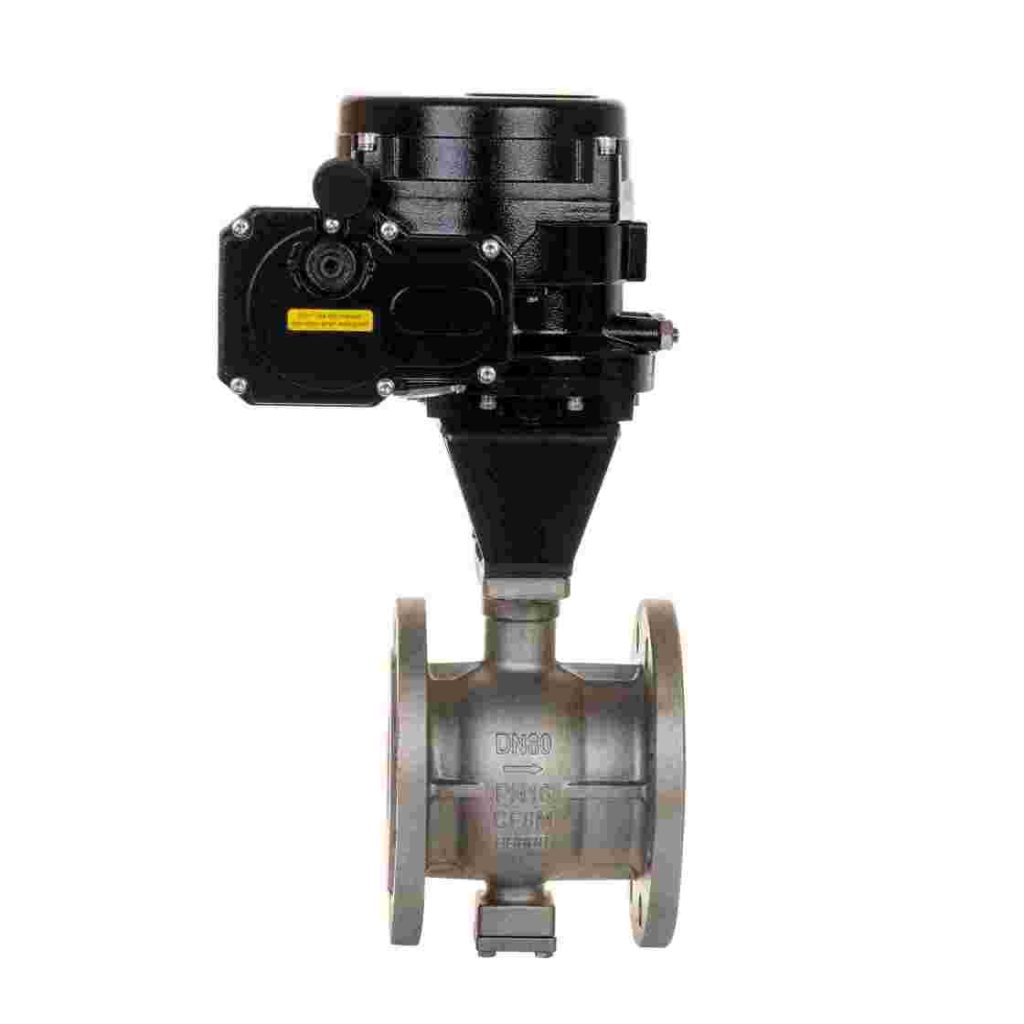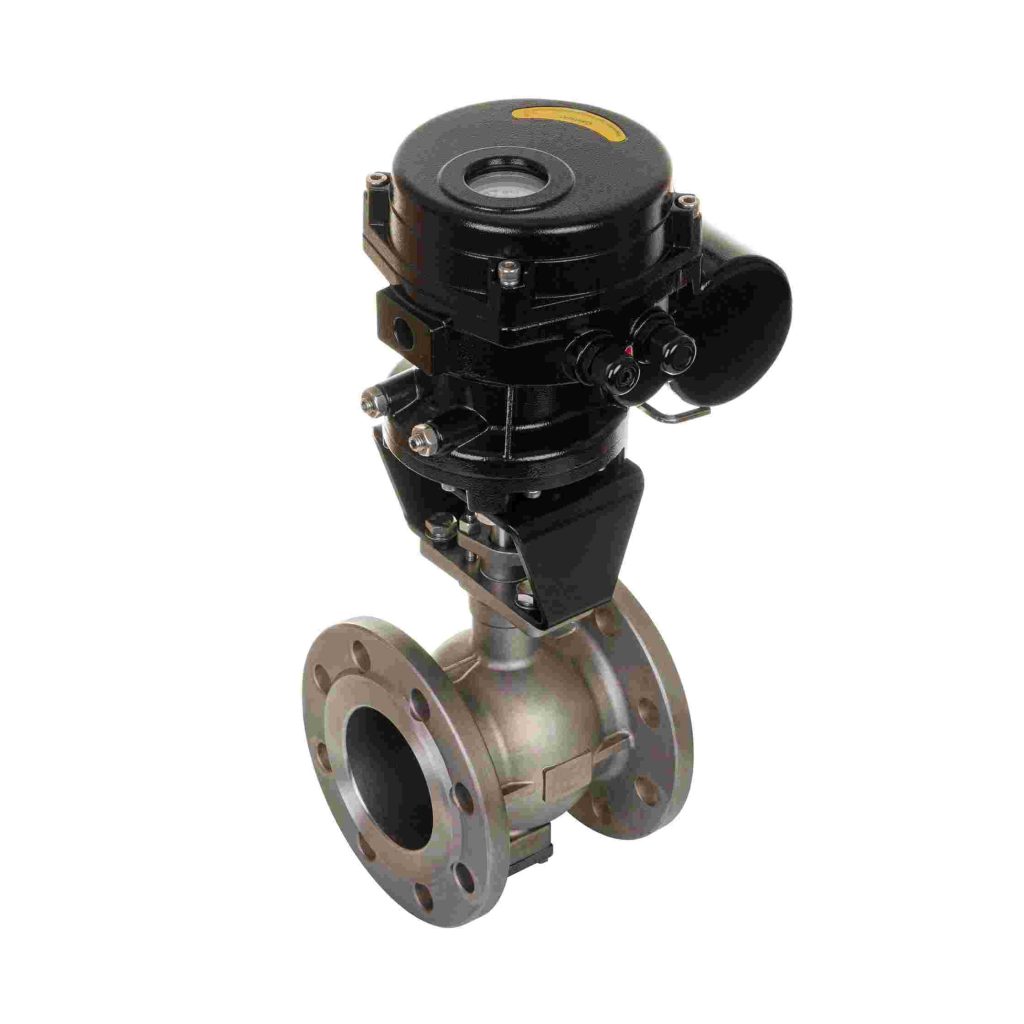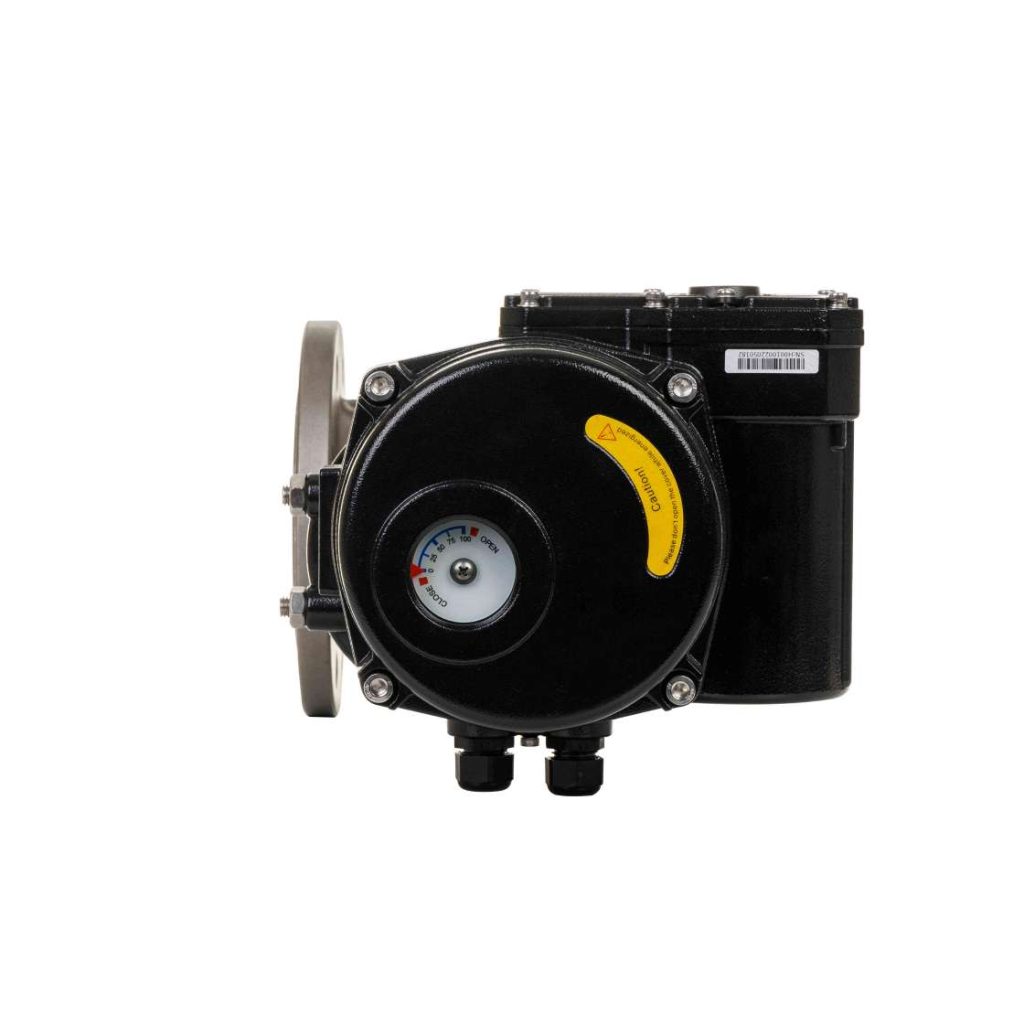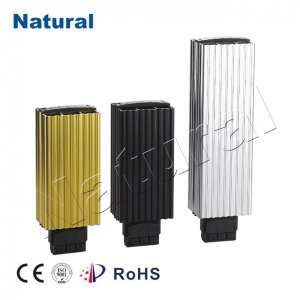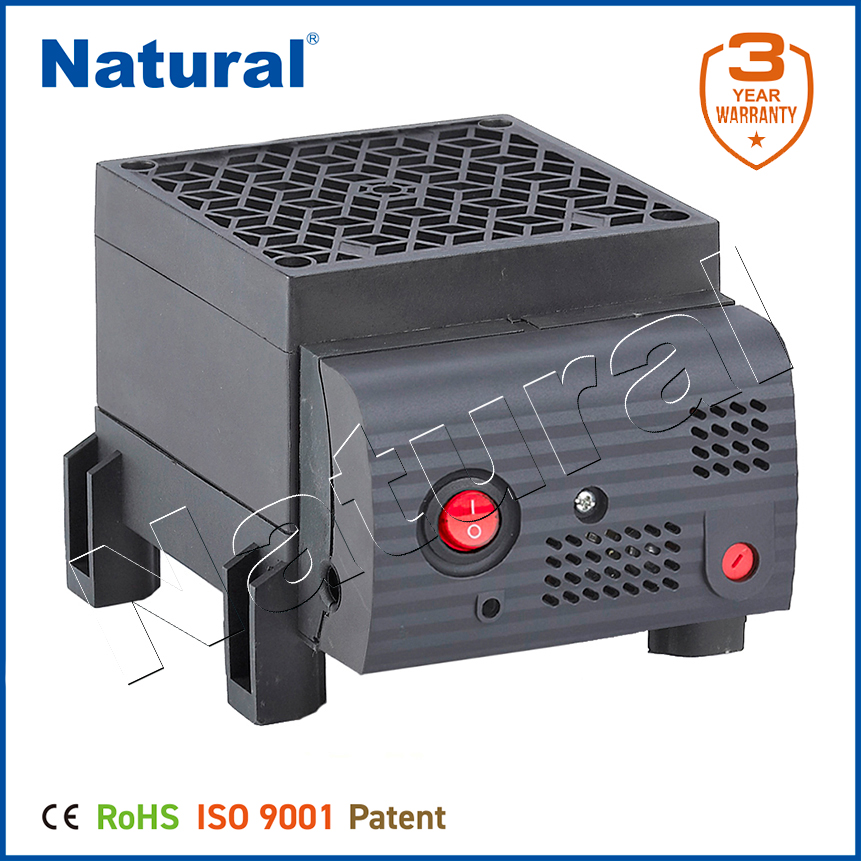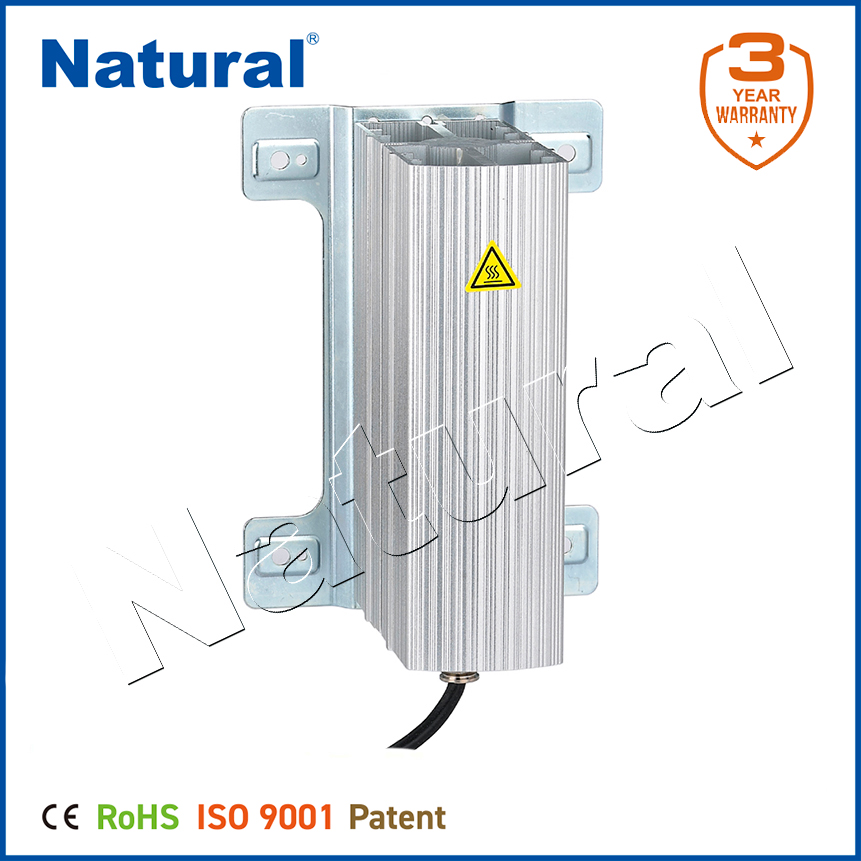Hydrogen energy has gained significant attention as a clean and sustainable alternative to traditional fossil fuels. As the world continues to transition to more environmentally friendly energy sources, hydrogen fuel cells and hydrogen storage systems are becoming increasingly important. In this context, the Hydrogen Energy Electric Single Seat Regulating Valve plays a crucial role in ensuring the safety, efficiency, and precision of hydrogen-based systems. This article explores the functionality, significance, and applications of this vital component in hydrogen energy systems.
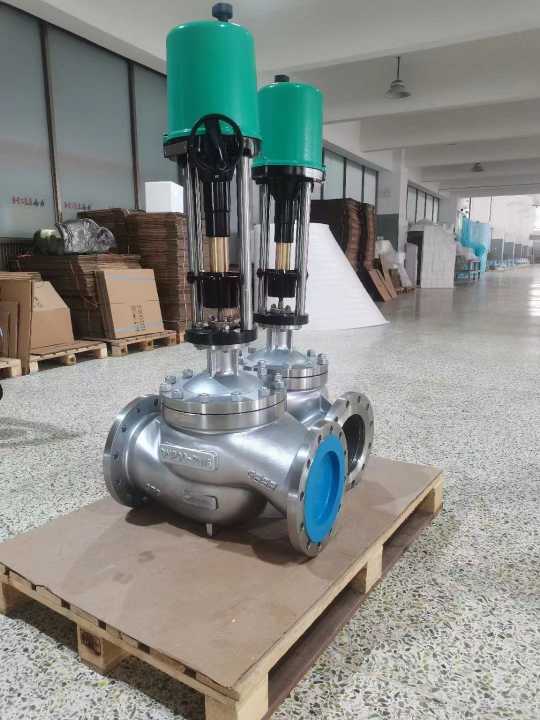
What is a Hydrogen Energy Electric Single Seat Regulating Valve? A Hydrogen Energy Electric Single Seat Regulating Valve is a type of control valve designed to regulate the flow of hydrogen gas within various hydrogen-based systems, such as fuel cells, hydrogen storage, and distribution networks. The valve is electrically operated, meaning it can be controlled remotely via electrical signals to adjust the flow rate and pressure of hydrogen in real-time. The term “single seat” refers to the valve’s design, where the flow of gas is regulated by a single sealing seat, providing precise control of the gas flow with minimal leakage. This design is particularly useful in applications where accuracy and reliability are paramount, such as in the transport and storage of hydrogen gas under high pressure.
